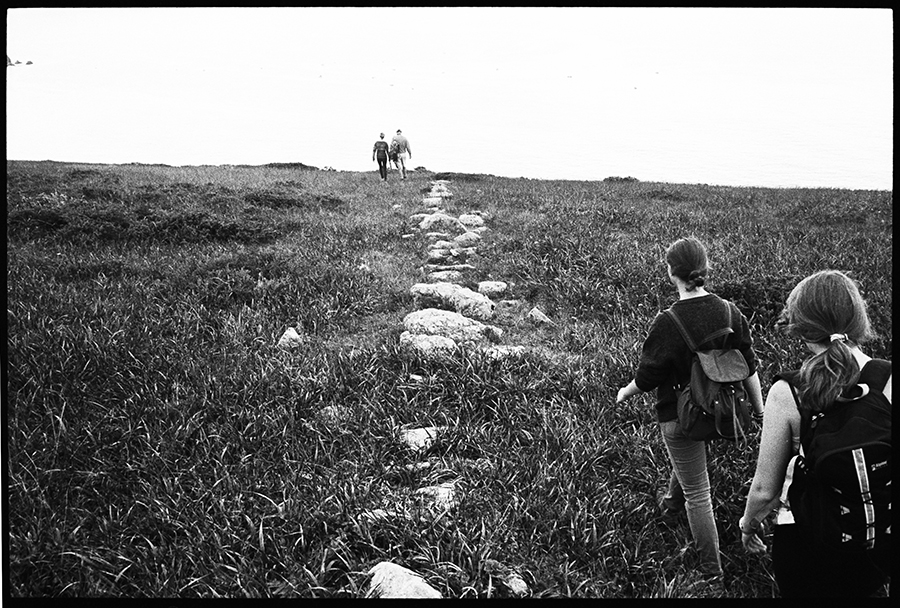The hundreds of stones lined up off the Tomales Point Trial are so prominent that it’s visible on Google Earth, but high school . . .
Mystery rocks draw scholarly investigation


The hundreds of stones lined up off the Tomales Point Trial are so prominent that it’s visible on Google Earth, but high school . . .